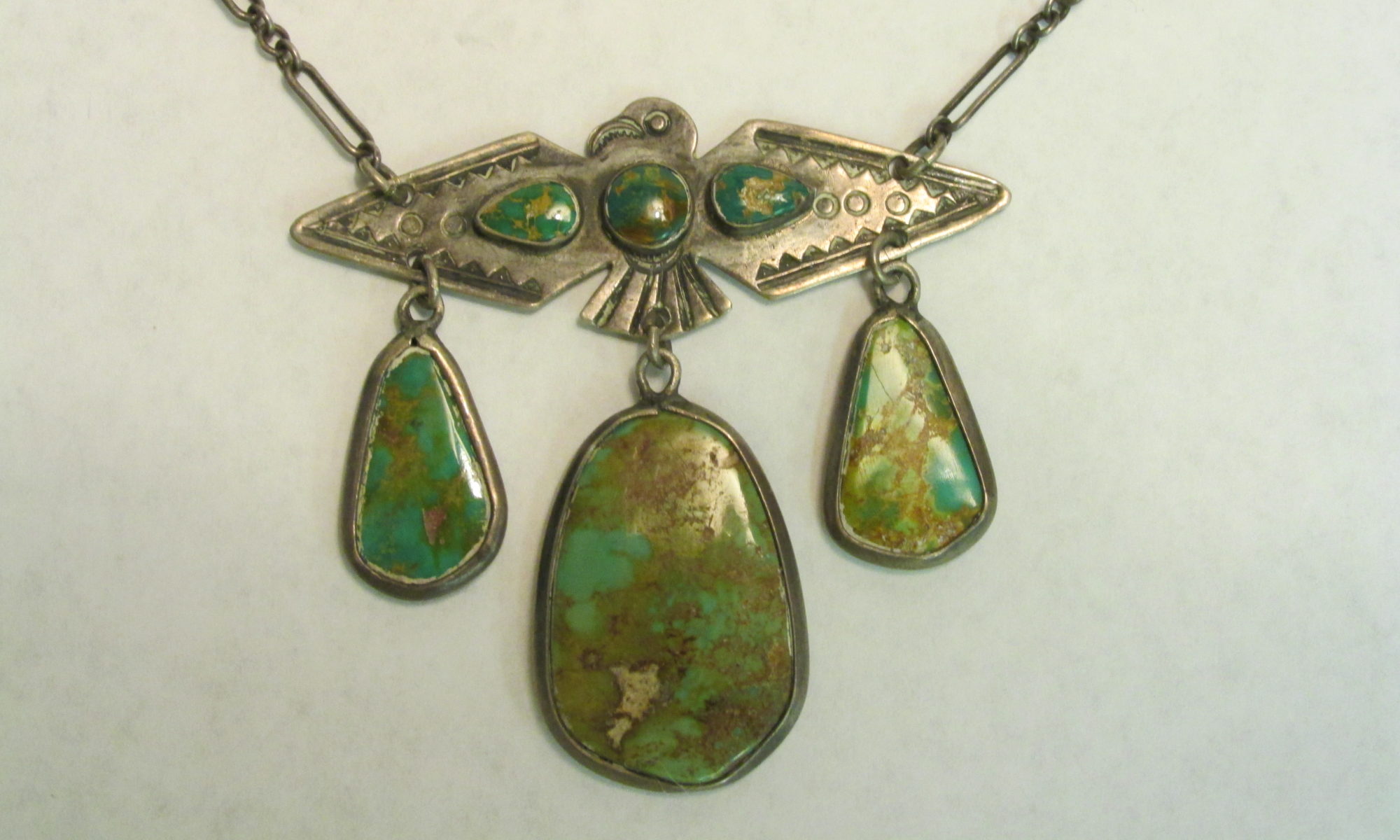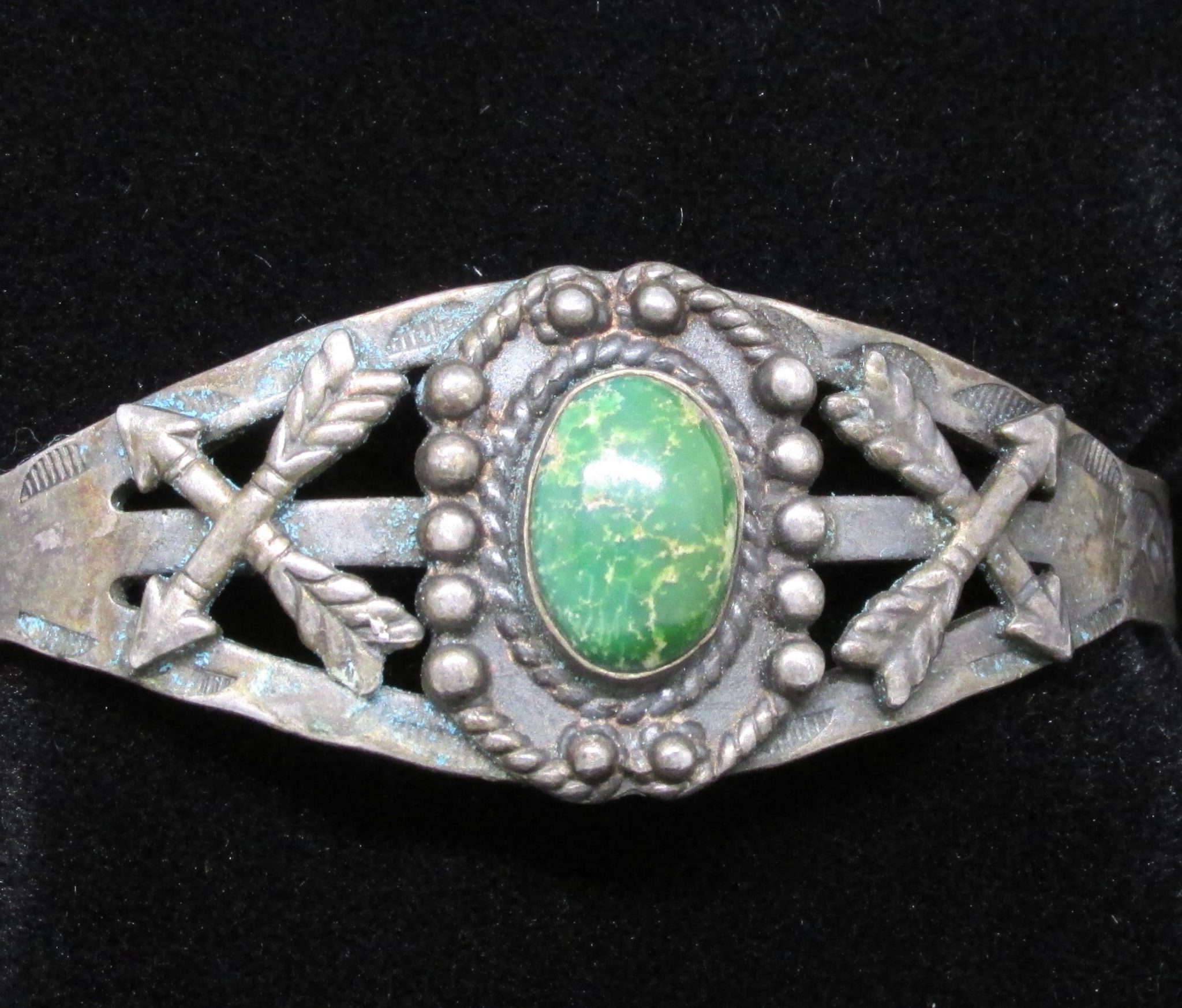ARIZONA TURQUOISE
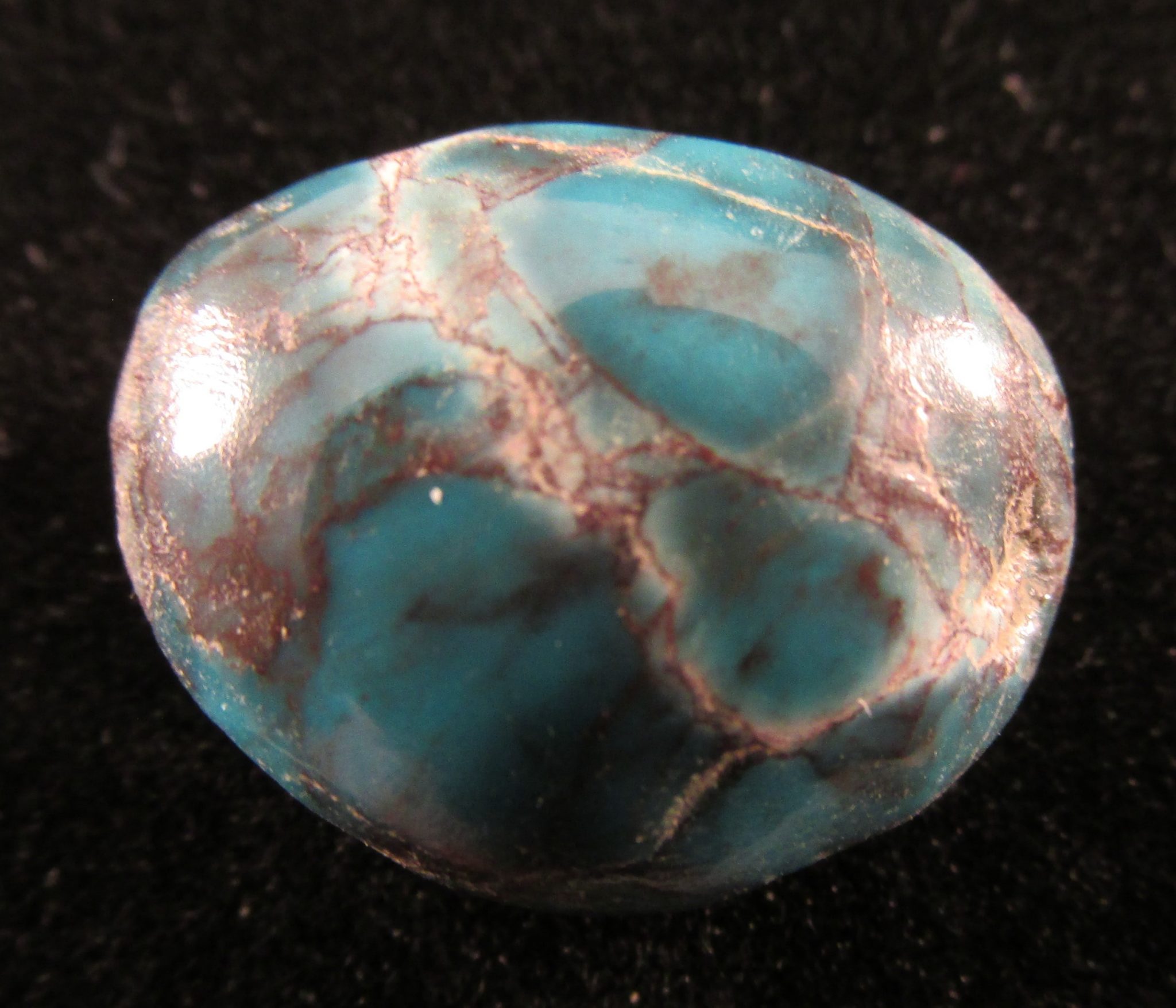
First of all, the Bisbee mine “the Lavender Pit”, near Bisbee, Arizona, is one of the more famous of the American mines because Bisbee turquoise is one of the first put onto the market. Consequently, the Arizona turquoise mine is part of the Bisbee copper mine (The Copper Queen), the main operation of the site. Most notably, Bisbee turquoise has a reputation as a hard, fine webbing or dendrite, high blue stone, known for its “chocolate brown” matrix. Incidentally, Bisbee Turquoise also comes in a beautiful green color. Also, most of this turquoise is already mined and what is left is in limbo due to circumstances with the copper mining in the open pit, it is one of the most highly collectable stones. Interestingly, most jewelry with this stone today is from old “stashes” or collections. Consequently, Bisbee Turquoise Jewelry is some of the most desirable jewelry on the market.
Castle Dome Turquoise
In particular, most of Arizona’s turquoise mines are actually large open pit copper mines and the miners lease the turquoise deposits. Due to this fact, many mines are no longer producing, due to the cost of insurance that the copper companies have to pay in order to let the mineral miners work in the mine. In general, the company calls the person with the lease in to mine the turquoise when they hit a pocket of it as they are copper mining. Indeed, this is a mine that is very active back in the 1970’s.

Next, the Ithaca Peak Turquoise mine is in northwestern Arizona, above the Kingman mine. Certainly, the Ithaca Peak mine is famous for its beautiful blue Turquoise with pyrite matrix. By all means, this material is outstanding and is one of the top Turquoise mines in the United States. Incidentally, the Colbaughs, of Kingman, own and operate the Ithaca Peak Turquoise mine. It is fairly rare to get good Ithaca Peak, as main production focus is on Turquoise Mountain and Kingman Turquoise. Ithaca Peak Turquoise looks like Morenci Turquoise, but has an accompanying black matrix not found in Morenci.
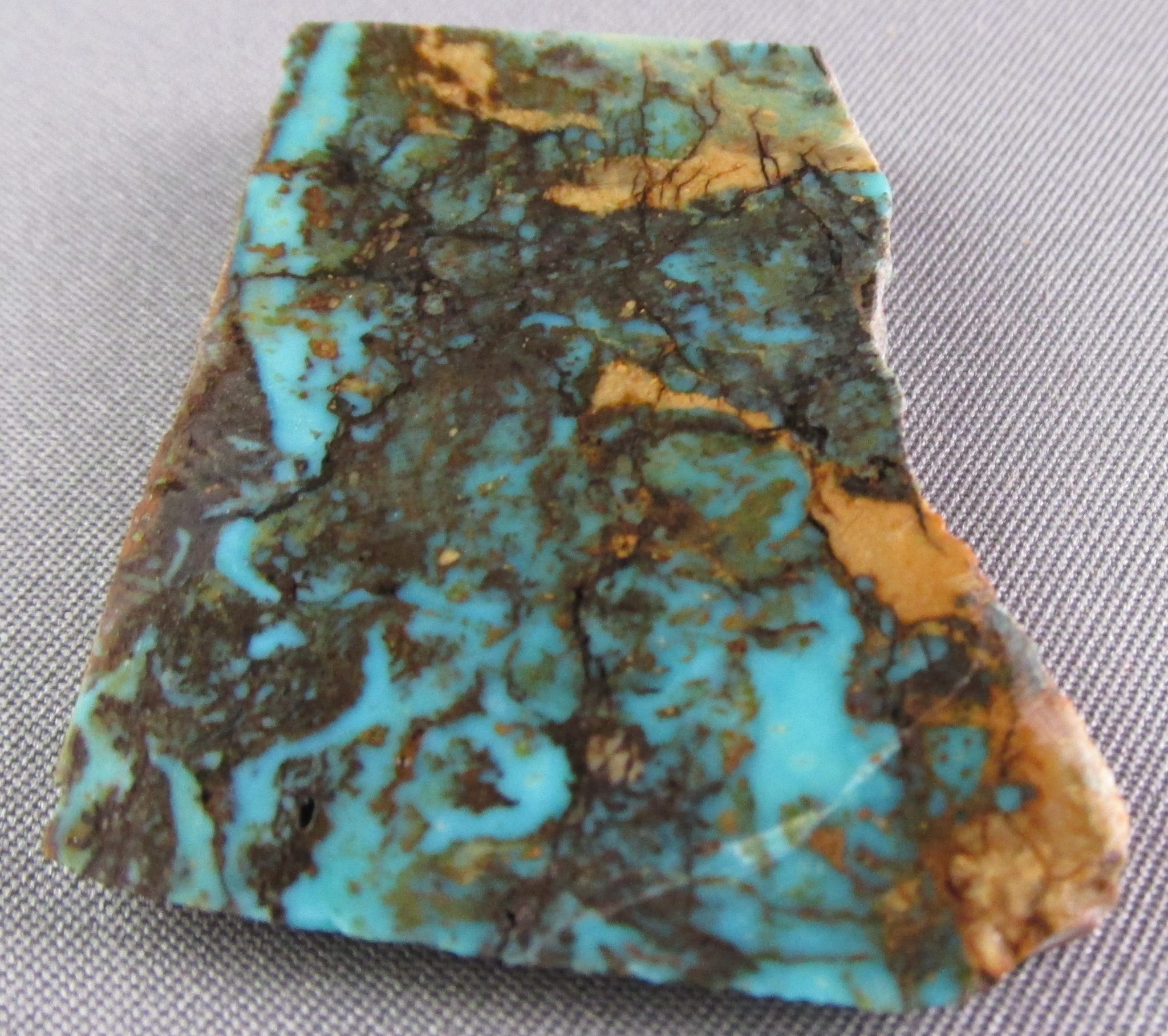
The Kingman Turquoise mine in northwestern Arizona was one of the largest turquoise mines in North America. The terms “Kingman” or “high blue” refer to the blue color usually displayed in this stone. It has become a color standard in the industry. The mine became famous for its rounded, bright blue nuggets with black matrix. Few turquoise mines produced nuggets, especially of this quality. Old natural Kingman Arizona Turquoise is rare.
Morenci Turquoise
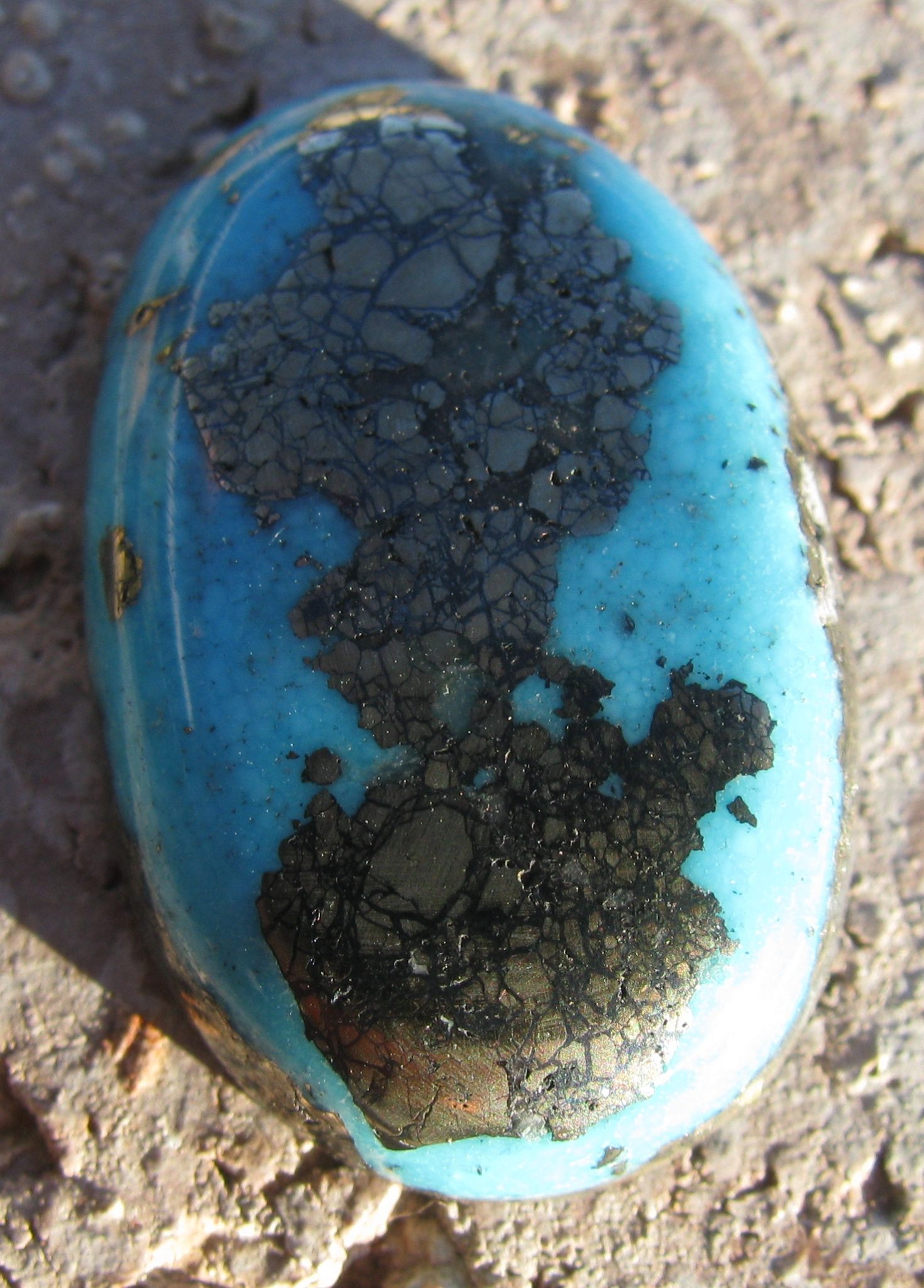
Morenci Turquoise is mined in southeastern Arizona. The Morenci Turquoise mine produced some of the finest Turquoise that has ever come out of the ground! It is high to light blue in color. Some rare highgrade is a super dark blue naturally. Morenci has an unusual matrix of irregular black pyrite that, when polished, often looks like silver. Morenci turquoise is well known because it was one of the first American turquoises to come on the market. It is also very well known for its high grade. The Morenci Turquoise mine also produces turquoise with a wonderful “Birdseye” or “Water Web” matrix pattern. Some of the Turquoise has rare quarts matrix. It is very difficult to obtain now because the mine is depleted. Morenci is a very collectible turquoise.
Sleeping Beauty Turquoise
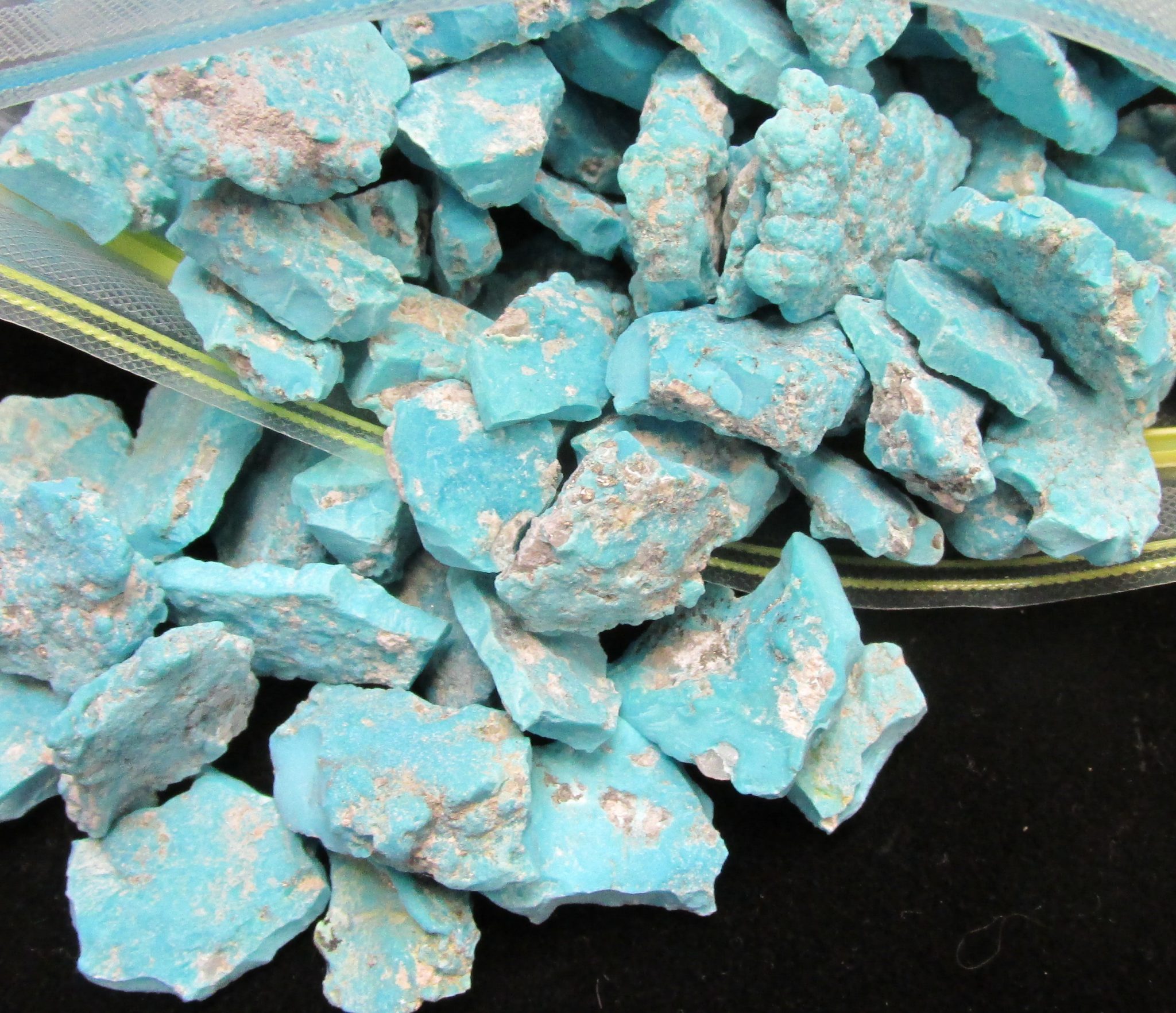
The Sleeping Beauty mine was located near Globe, Arizona. Its turquoise is noted for its solid, light blue color with no matrix. Sleeping Beauty turquoise is the favorite of the Zuni Pueblo silversmiths for use in petit point, needlepoint, and inlay jewelry. This mine was one of the largest in North America and is now closed. Sleeping Beauty Turquoise is one of the most popular Turquoise varieties world wide. Sleeping Beauty has a striking resemblance to the old high grade Persian Turquoise. In some countries, solid blue Sleeping Beauty Turquoise is of the highest value. Another staple of today turquoise jewelry industry. Most of the robin’s egg blue turquoise you see today is Sleeping Beauty turquoise.
COLORADO TURQUOISE
Cripple Creek Colorado Turquoise Mine

The Cripple Creek mine in Teller County, Colorado is the site for a number of small gold mining claims. Cripple Creek Turquoise was originally found primarily as a by-product of gold mining, as were many of the Colorado Turquoise mining claims. There are several Turquoise claims in the Cripple Creek district such as the Elkhorn Claim, the Florence Turquoise Mine, the O’Haver Claim, the Roanoke Shaft, and the Hidden Treasure Turquoise Mine.
NEVADA TURQUOISE
Blue Diamond Nevada Turquoise Mine

A rare deep blue Turquoise producing mine in Nevada, Blue Diamond was mined mostly in the 60s and 70s. The Blue Diamond Turquoise mine is hard deposit to read and has several different diggings. It is dark blue with a black matrix of dendrites and triangle shaped black chert. Another common look of Blue Diamond Turquoise is dark blue with smoky black matrix. The blue a lot of times is a swirling of two dark blues.
The Blue Gem Turquoise Mines
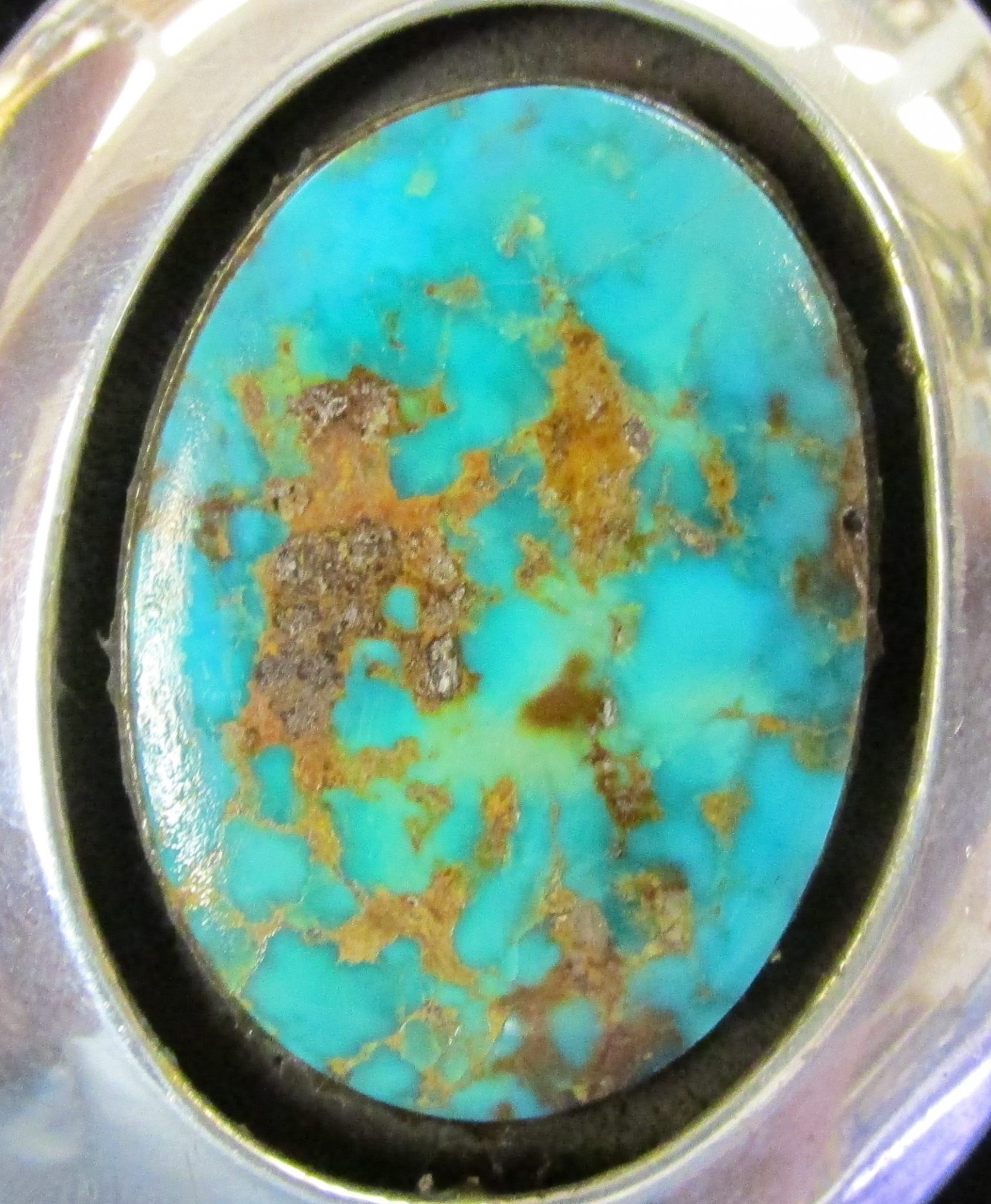
There were three different locations all called the Blue Gem mine, and each produced a great variety of turquoise, from intense blues to deep green combinations with a hard, irregularly distributed matrix. While there are other mines in Nevada of the same name, the Battle Mountain Blue Gem mine& the Tonapah Blue Gem Mine, which begins production in 1934 and no longertis now closed, yielded the most valuable Blue Gem turquoise because of its rich color and its hardness.
Carico Lake Turquoise Mine
Carico Lake turquoise is the location of its mines on a dried up lake bed in a high, cool area of Lander County, Nevada. This famous old Turquoise mine produces mainly a light blue color Turquoise that sometimes has a light brown spiderweb matrix. The Carico Lake Turquoise mine also produce Turquoise with black matrix as well. The Carico Lake Turquoise mine is most famous for its Lime Green Faustite, which most people call Lime Turquoise. Its clear, iridescent, spring green color is due to its zinc content and is highly unique and collectible. Carico Lake turquoise is also a dark blue-green color with a black or brown, spider web matrix. The less common lime green turquoise which is suspect to actually be predominantly faustite, is very very valuable due to it rarity and demand. It is hard material. This mine also produces rare psuedomorph clams that are filled with turquoise.
Royston Turquoise
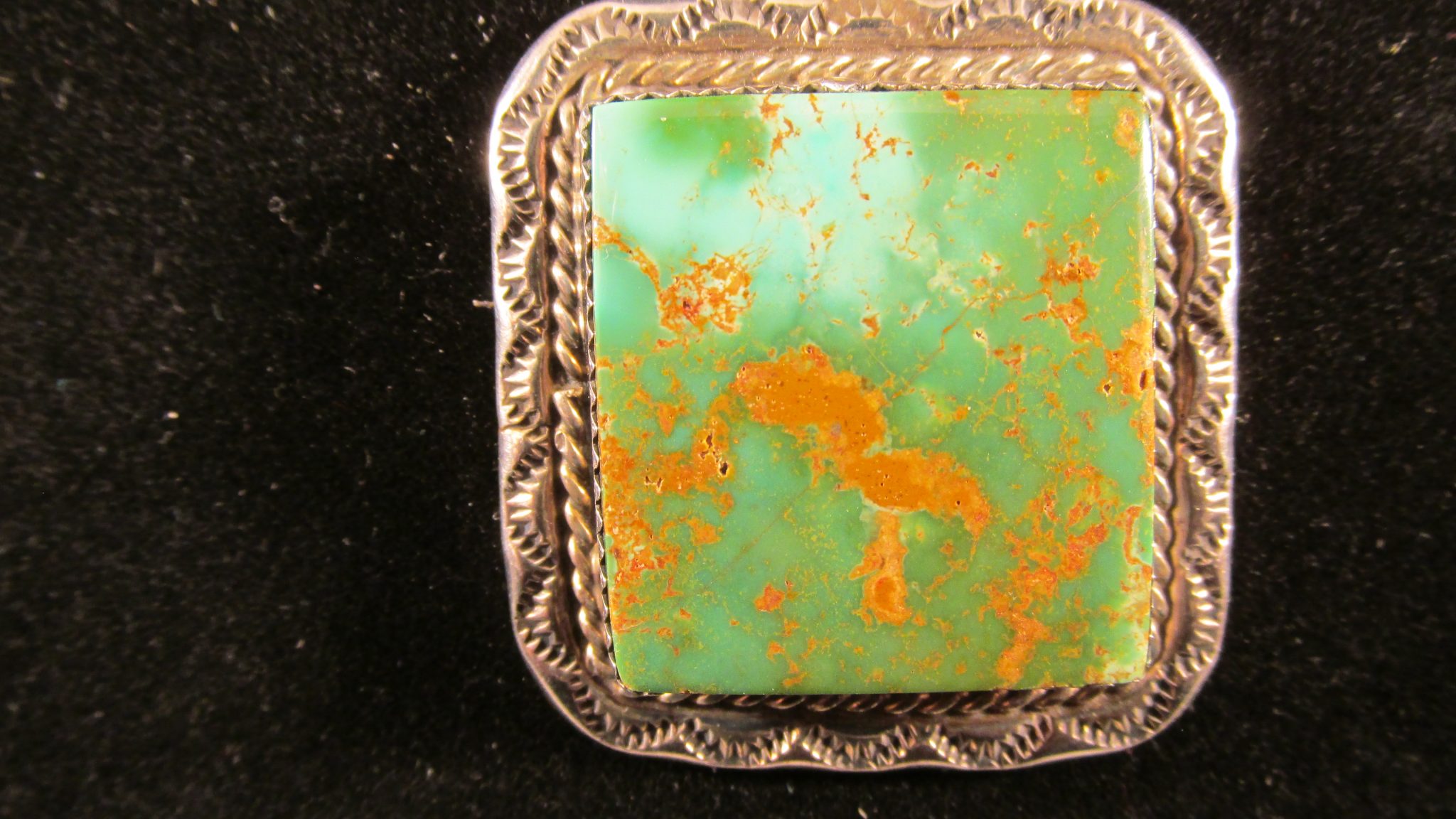
Royston turquoise comes from the Royston Mining District outside of Tonapah, Nevada. This turquoise is typically green with brown matrix. The Otteson family own most of the mining claims in this area.
NEW MEXICO TURQUOISE
Cerrillos Turquoise Mines
Cerrillos is not only an uncommon and unique form of native New Mexican turquoise, but has a history with both ancient Native peoples of the Southwest and more recent American mining companies. It is the only turquoise that formed at the base of a volcano. Thus, a variety of colors developed from the minerals in the various volcanic host stones. In fact, the Cerrillos New Mexico Turquoise mines produce seventy-five colors, from tan to khaki-green to rich, blue-green to bright and light colors. Cerrillos is a very hard stone and so takes a brilliant polish.In addition to producing a distinctive stone, the Cerrillos mine is the oldest mine of any kind in North America. It is ten miles south of Santa Fe, it is the site of the largest prehistoric mining activity on the continent because the huge turquoise deposit are partially exposed at the surface. Miners from the San Marcos Pueblo, who later moved to Santo Domingo Pueblo south of Santa Fe, most heavily worked the mine. Using only stone axes, mauls, antler picks, and chisels, Pueblo miners removed 100,000 tons of solid rock to create a pit mine 200 feet deep. They dig other vertical shafts into the ground to reach veins of turquoise. Miners carriy tools and leather rock buckets on their backs as they climb in and out of the shafts using logs as ladders. The turquoise from this hard work trads among early peoples from Mexico to the Midwest and from the east to west coasts. In New Mexico, many pieces of Cerrillos turquoise for personal and trade use are unearthed in the prehistoric ruins of Pueblo Bonito in Chaco Canyon. The Pueblo peoples continued to extract turquoise from the Cerrillos mine until the 1870’s when a silver mining boom raised interest in the area. The Tiffany Company in New York and its associates bought up the mine area and extracted $2,000,000 worth of turquoise between 1892 and 1899.
Hachita Turquoise Mine

Finally, the Hachita turquoise mining activity dates from pre-historic to 1905. Also, like Tyrone turquoise, Hachita collectors know this variety as “Azure”, but also by many other names. It is in New Mexico. You will find a bit of Hachita in Turquoise Jewelry today and vintage turquoise jewelry. Hachita is one of the harder New Mexico Turquoise Mines to get turquoise from.
Old Pawn Jewelry 1990 – 2024 © Schannep Ventures L.L.C. ALL RIGHTS RESERVED
(Please click the “like button” below on facebook!)
